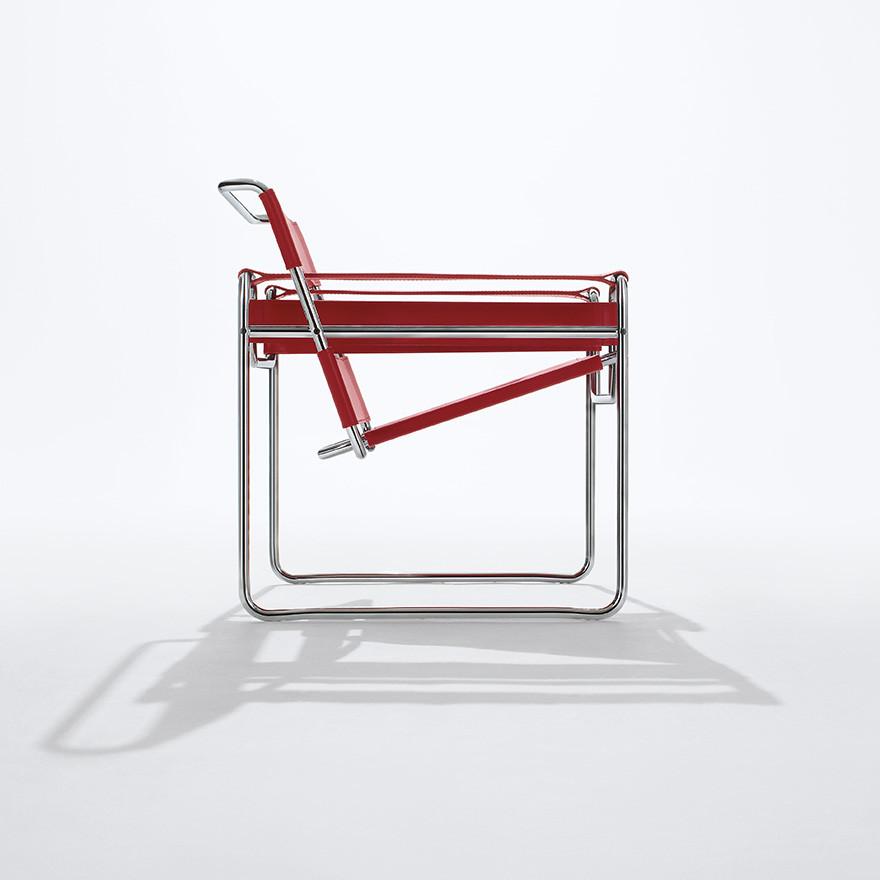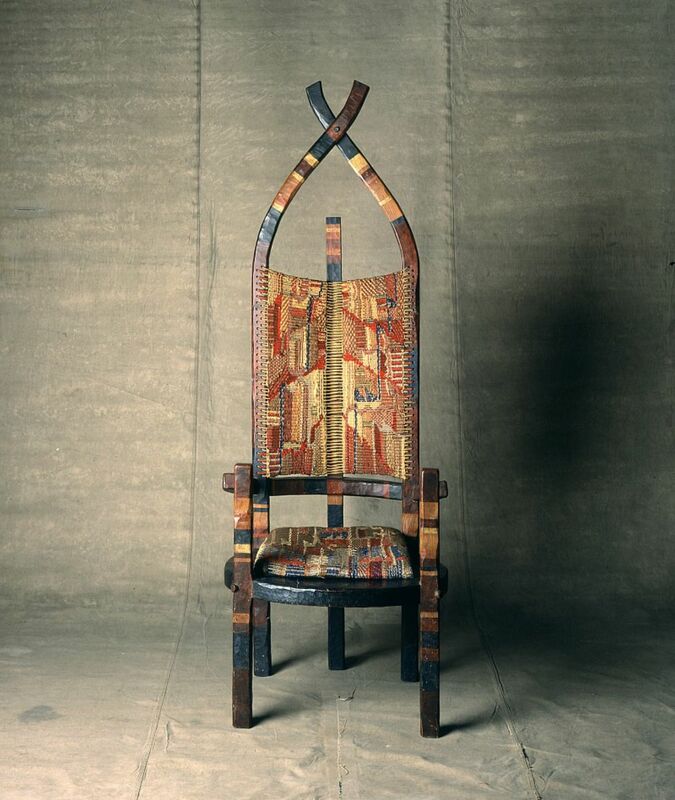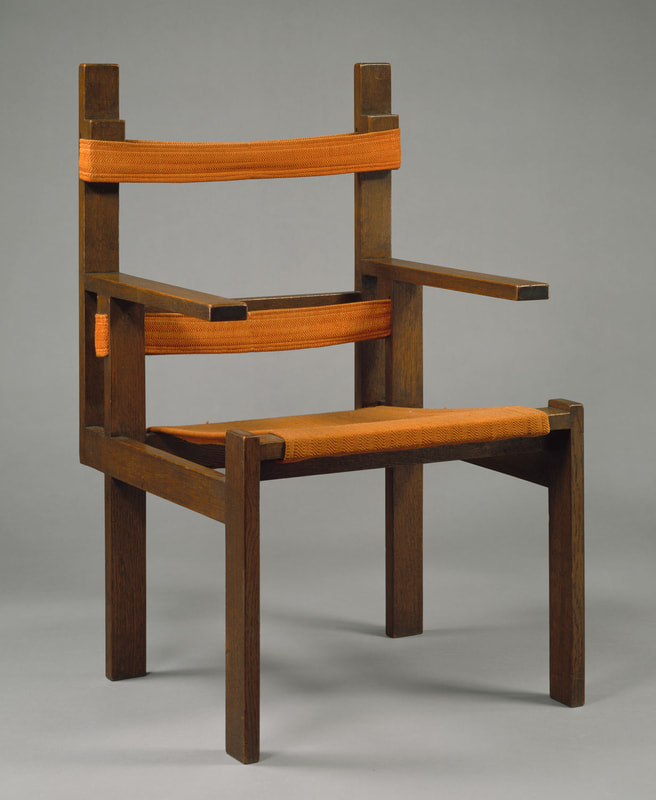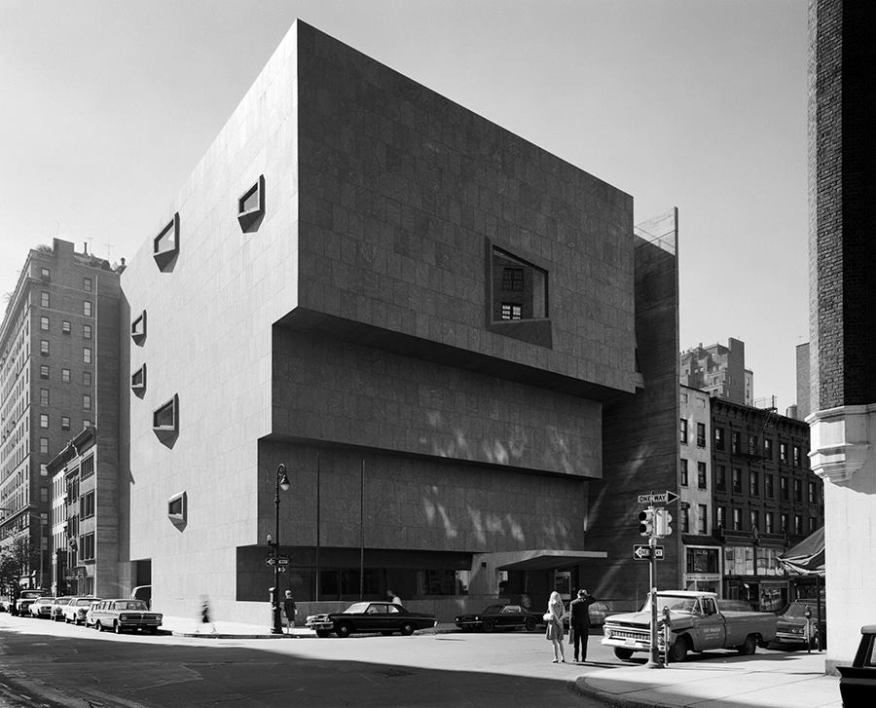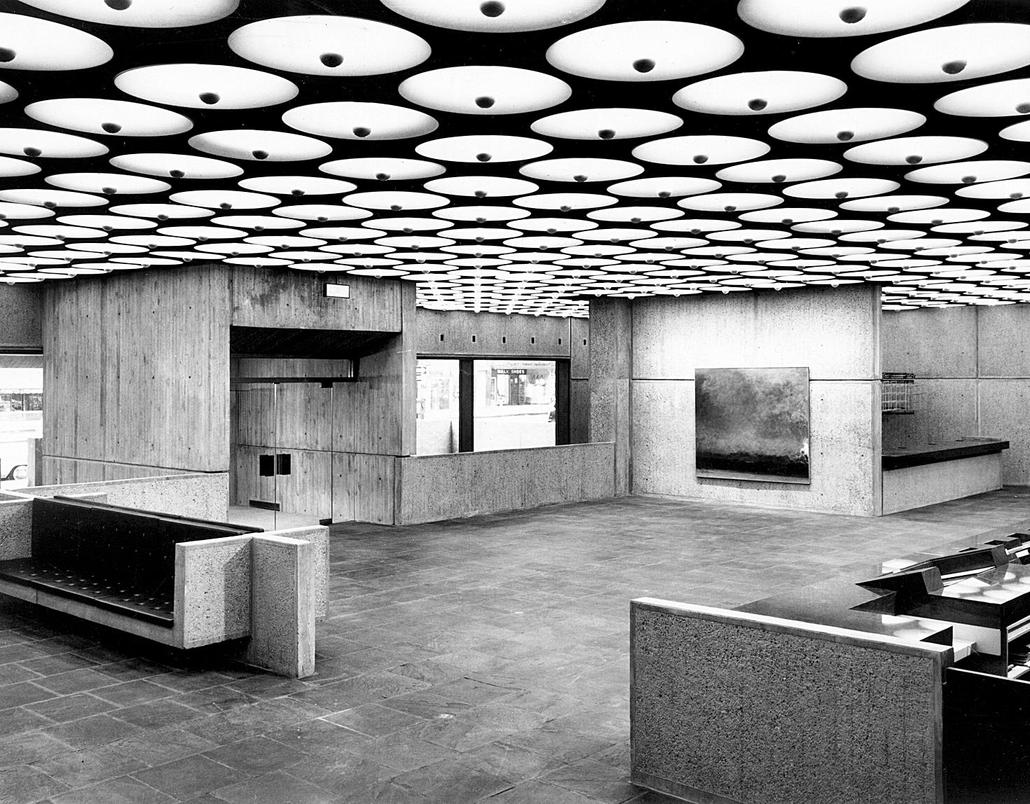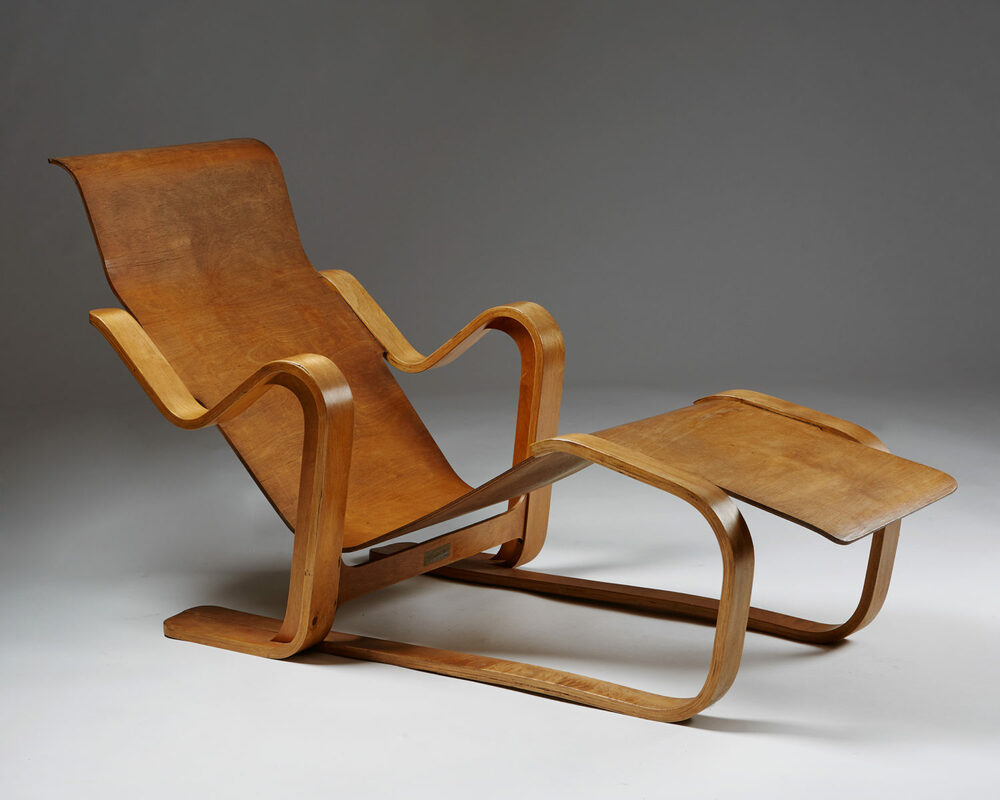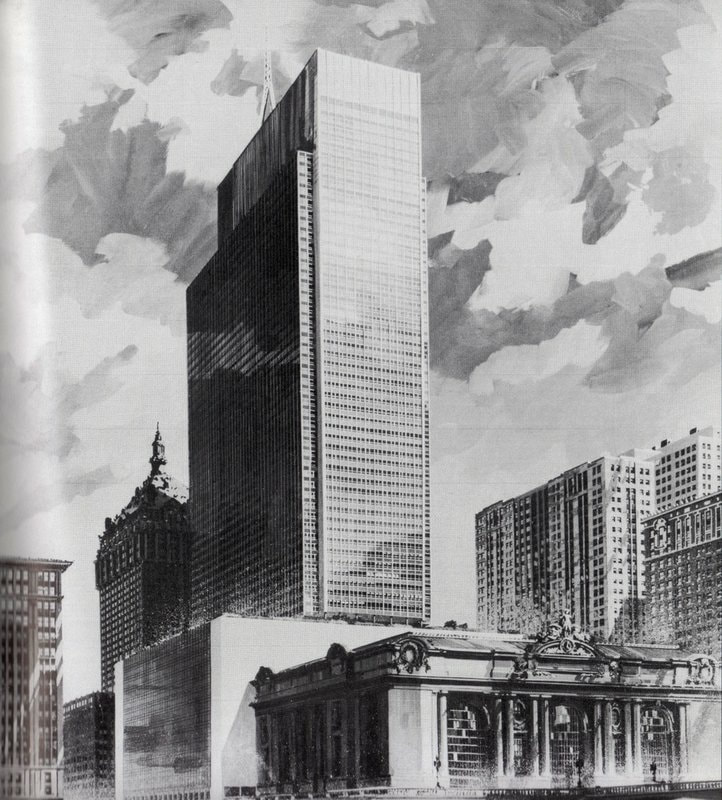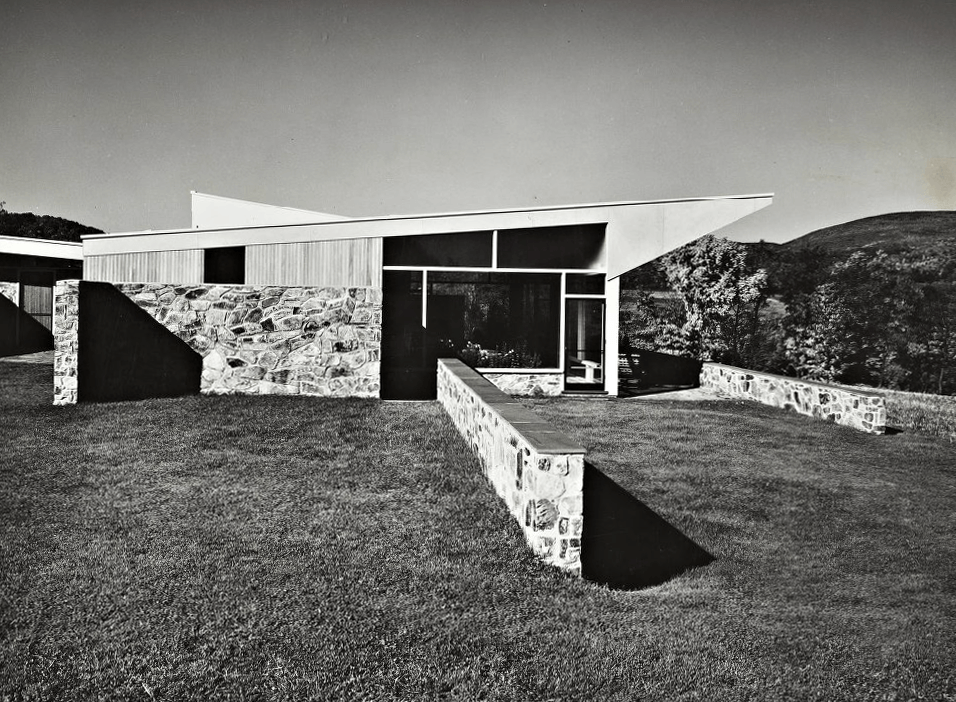In celebrating Bauhaus100, Hungrarian-born designer Marcel Breuer has been receiving a special attention. While his name is synonymous with one famed chair, known as Model B3, or the ‘Wassily Chair’ (named after his friend and Bauhaus colleague Wassily Kandinsky), Breuer’s career has spanned decades, and has come to represent one of the most successful Bauhaus stories. Born in Pécs, Hungary, in 1902, before joining the Bauhaus in 1920, he attended the Academy of Fine Arts in Vienna, where he was first introduced to the Modern Movement. As a young master at the carpentry workshop at the Bauhaus in Weimar, Breuer created the African Chair (below), which represented the ideology of the early phases of Bauhaus, merging crafts and art. Upon graduating, he traveled to Paris, met with his hero Le Corbusier, and returned to the Bauhaus as a teacher, when the school moved to its new home in Dessau, and moved its agenda to create art in industry. Here is created not only the B3, but also a series of furniture in steel tubing, before leaving the Bauhaus in 1928, at 26, and establishing a private practice in Berlin. With the rise of the Nazis, he was forced to leave Germany and settled in London, where he briefly worked for Jack Pritchard of the Isokon company, designing plywood furniture. He immingrated to the US to join Walter Gropius at Harvard University, and the two collaborated on various architecture projects, including their own homes. When he moved to New York in 1946, it was when he launched the successful career as an architect, designing such landmarks as the Whitney Museum of American Art, but just like Mies, in the late sixties, he was heavily criticized for his monumental modernist work, and particularly for the unbuilt skyscraper in Grand Central Terminal; he died in Manhattan in 1981 at 79. #Bauhaus100.

